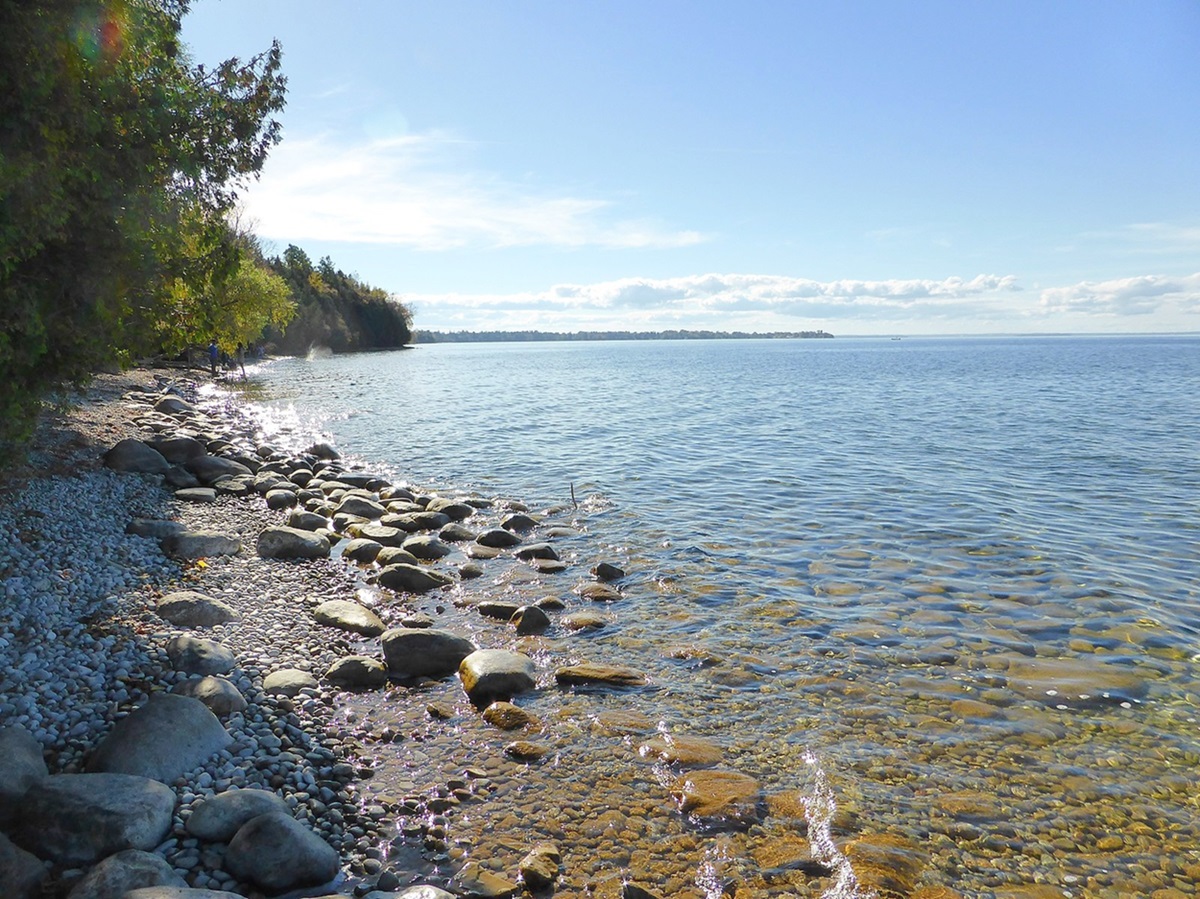Lac Mégantic, 26 km2, elev 395 m, 75 m deep, is located in a depression of the Appalachians in southern Québec, 6 km from the US border. LAC-MÉGANTIC, the only town of the region, is located at its outlet, which is the source of the Rivière CHAUDIÈRE. Discovered in 1646 by Father Gabriel Druillettes, the ABENAKI, who gave it the name Namagontekw, meaning "place of the salmon trout." Surrounded by the Montagnes Bleues, the lake is fed by a network of valleys that drain the surrounding forests. A large and important wetland for waterfowl is located at its head. Once used to float timber, it is now popular with fishermen and vacationers. In late 1775, during the American Revolution, Colonel Benedict ARNOLD's troops used Lac Mégantic and Rivière Chaudière to attack Québec City from Boston.
-
- MLA 8TH EDITION
- Mailhot, Pierre and Jean-Marie Dubois. "Lac Mégantic (lake)". The Canadian Encyclopedia, 02 September 2014, Historica Canada. development.thecanadianencyclopedia.ca/en/article/lac-megantic-1. Accessed 08 January 2026.
- Copy
-
- APA 6TH EDITION
- Mailhot, P., & Dubois, J. (2014). Lac Mégantic (lake). In The Canadian Encyclopedia. Retrieved from https://development.thecanadianencyclopedia.ca/en/article/lac-megantic-1
- Copy
-
- CHICAGO 17TH EDITION
- Mailhot, Pierre , and Jean-Marie Dubois. "Lac Mégantic (lake)." The Canadian Encyclopedia. Historica Canada. Article published February 07, 2006; Last Edited September 02, 2014.
- Copy
-
- TURABIAN 8TH EDITION
- The Canadian Encyclopedia, s.v. "Lac Mégantic (lake)," by Pierre Mailhot, and Jean-Marie Dubois, Accessed January 08, 2026, https://development.thecanadianencyclopedia.ca/en/article/lac-megantic-1
- Copy
Thank you for your submission
Our team will be reviewing your submission
and get back to you with any further questions.
Thanks for contributing to The Canadian Encyclopedia.
CloseArticle
Lac Mégantic (lake)
Article by Pierre Mailhot, Jean-Marie Dubois
Published Online February 7, 2006
Last Edited September 2, 2014

 Share on Facebook
Share on Facebook Share on X
Share on X Share by Email
Share by Email Share on Google Classroom
Share on Google Classroom



